If you’re a muscle car fan, is there life without a big V-8? That’s the question a lot of Dodge loyalists have been wondering since the performance brand ended production of the Charger and Challenger models a year ago. The Charger is about to stage its return – but for now, at least, it will be available in just two all-electric packages. The 2025 Dodge Charger Daytona Scat Pack package pumps out a tire-spinning 670 horsepower. But is it a suitable replacement for the legendary Hemi-powered model it replaces? Headlight.News had a chance to check out the all-electric beast and here’s our review.
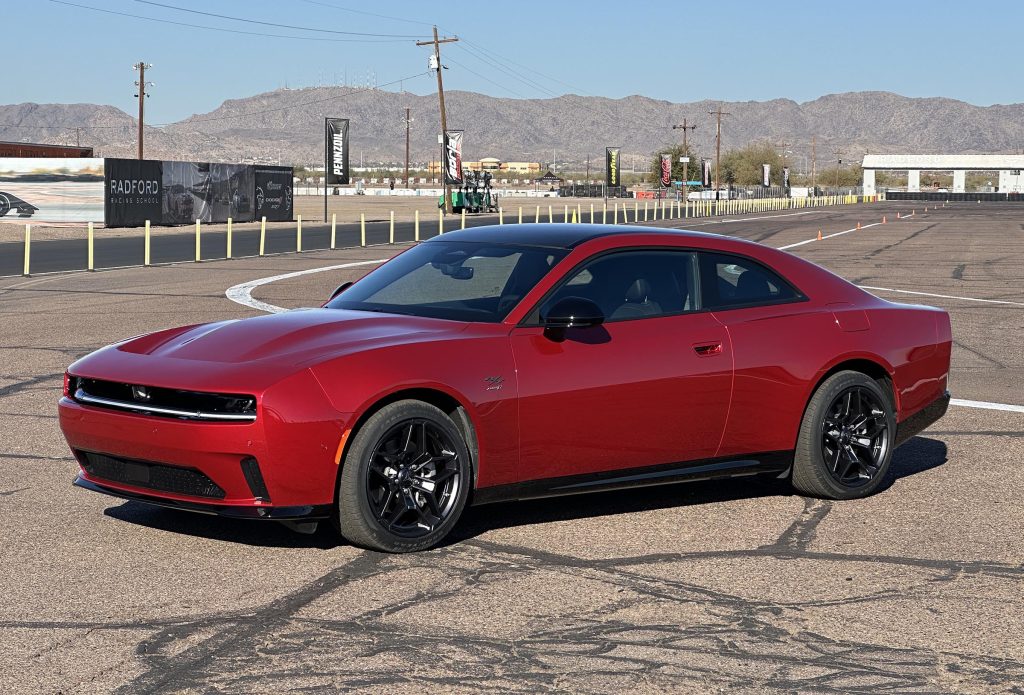
Dodge is bringing its muscle car line-up back to life with two 2-door versions of the all-electric Charger Daytona. More to follow.
Dodge created quite a stir when it rolled out the Charger Daytona SRT concept a couple years back, promising to replace its familiar line-up of muscle cars with an all-electric alternative.
Turns out there’ll be a mix of battery and gas-powered models rolling out over the next 18 months or so, but the process begins in the coming weeks with the formal launch of two EV packages, the 2025 Dodge Charger Daytona R/T and the Charger Daytona Scat Pack.
Are they worthy successors? And will they win over traditional buyers who continue to mourn the loss of the brand’s long-lived Hemi V-8? That’s a question that could very well determine the future of the Dodge brand – and the automaker clearly hedged its bets when it decided to add two gas-powered versions which will follow next year.
To see just Dodge has delivered with its first EV line, Headlight.News headed out to Phoenix, Arizona to spend a day putting the 2025 Dodge Charger Daytona through its paces, first on public roads and then on both the track and drag strip at Firebird Raceway. Here’s what we discovered.
What’s a Charger Daytona?
Okay, here’s where things can get confusing. As 2023 came to a close, Dodge sent both of its muscle cars, the Charger sedan and Challenger coupe, driving off into the sunset. The Charger name is now staging its return – but it will fill the space occupied by both models by the time the rollout is completed. And it will be offered in a variety of different powertrain and body configurations:
- In the coming weeks we’ll see the first two all-electric versions roll out, both in two-door form. The “base” model will be the 496-hp Charger Daytona R/T, the gutsier, 670-hp package dubbed Scat Pack;
- By mid-year, Dodge will add four-door versions of the R/T and Scat Pack;
- During the second half of the year the automaker will add two gas-powered models to the line-up, with both two- and four-door options available. There’ll be some visual changes, as well as a revised nomenclature, models with internal combustion engines not using the “Daytona: badge.
While Dodge officials were reluctant to go into details, sometime during the 2026 model-year we’ll see the brand add another all-electric package. The “Banshee” edition will be the battery-powered answer to the legendary Hellcat and, we’ve been promised, it will be the fastest, most powerful vehicle Dodge has ever rolled out onto public roads, with some signs it could top 1,000 horsepower.
Power and performance
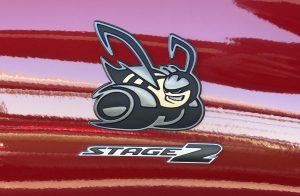
Each version of the Charger Daytona will offer three different performance levels buyers can opt for. They’ll be upgradeable over-the-air.
Let’s get to what likely matters most to muscle car fans: power and performance.
Both of the initial Daytona packages use twin electric motors – one on each axle creating a through-the-road all-wheel drive system. They draw current from a 105-kilowatt-hour lithium-ion battery pack.
- The Daytona R/T punches out 456 hp – 496 in short bursts if you press the PowerShot button on the steering wheel — and 496 pound-feet of torque. That’s enough to launch from 0-60 in a factory-estimated 4.7 seconds. It breaks the beam after a quarter-mile run in 12.6 seconds. Meanwhile, it musters up an impressive, EPA-estimated 308 miles of range;
- The Daytona Scat Pack bumps the numbers up to 630 hp – 670 in PowerShot mode – and 627 lb-ft. It hits 60 in just 3.3 seconds, and makes the quarter-mile run on the drag strip in 11.5 seconds. You do sacrifice range, the beefier model rated at 241 miles between charges.
Both packages use a single-speed gearbox. Top speed is limited to 135 mph.
Dodge plans to offer different “stages,” or performance levels and will give driver’s the ability to electronically upgrade their vehicles.
That “Fratzonic Chambered Exhaust”
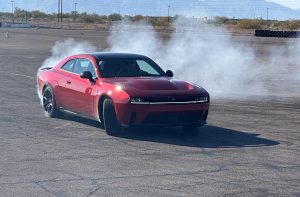
The “Fratzonic” exhaust system automatically increases its volume when you shift to Track, Drag or Drift modes.
The Daytona features an extensive array of driver modes, including the usual suspects, such as Sport, as well as Track, Drag and even Drift/Donut settings. Each automatically adjusts a variety of vehicle settings, such as steering effort, suspension dynamics — with the Scat Pack’s electronically adjustable dynamic dampers — and the quirky Fratzonic Chambered Exhaust.
While there’s something delightful about the way EVs can cruise down the freeway in near total silence, there are times when the guttural roar of a big internal combustion engine is an essential part of the equation. Most of today’s EVs now offer a driver the ability to create some form of artificial sound. Dodge takes things to a new level with Daytona, the Fratzonic system not only audible inside the cabin, but able to create as much as 120 decibels of sound outside, as well.
The system uses “passive radiators, housed in a custom enclosure and powered by a dedicated amplifier,” Dodge explains. How much sound depends upon the drive mode. “Drag, Drift/Donut and Track Modes deliver an elevated acoustic output,” it adds. But drivers also can adjust noise levels in Daytona’s Settings menu.
More Performance News
- 1st Look: All-Electric Dodge Charger Daytona and its Gas-Powered Sibling
- Dodge Muscles Up “to Save the Planet”
- Dodge Challenger Nameplate Could Make a Comeback
First drive
Personally, I like to get to know my ride before logging track time. So, I set out first for a relatively leisure drive around Phoenix to get familiar with the new Charger Daytona. In normal drive mode settings it proved almost tame – until I had a chance to slam the throttle at a stop light, leaving the kid next to me with a Mustang GT staring slack-jawed as he faded away in my rearview mirror.
Dodge has done a surprisingly good job of giving the EV a sort of Jekyll-and-Hyde personality. With its now-standard all-wheel-drive, I could readily see using it as a daily driver – even in the Snowbelt — without the usual trade-offs of a high-output muscle car. And, as I’ll get to shortly, that’s enhanced by Daytona’s large interior.
I particularly appreciated the three-setting brake regeneration system which, in mid and high modes, function much like downshifting an internal combustion engine down two or three gears. It limited the times I needed to tap the brakes and would hold at a complete stop at a light.
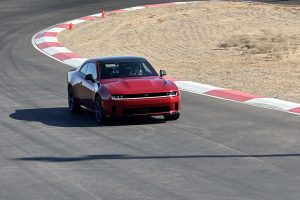
It’s another matter entirely on track, especially when you hit the PowerShot button kicking in as much as 40 extra hp.
Back at Firebird I had the chance to experience the dark side of the beast. For those thinking in ICE terms, the numbers delivered by Daytona’s twin motors understate what you’ll actually experience. Electric motors instantly deliver nearly 100% of peak torque. Launching down the drag strip is quite a neck-snapping experience, especially when using the Scat Pack’s built-in Launch Control. Oh, and I came within about a tenth of a second of matching Dodge’s factory quarter-mile estimate.
It was on Firebird’s street track where Daytona really shined, however. Even with all that power – and the electric coupe’s nearly 7,000-pound heft – it proved surprisingly nimble, with a natural steering feel and far less lean going around corners. True, that’s a lot of mass to toss around corners, but that’s offset by the EV’s low-low center of gravity.
Oh, and as for the Fratzonic exhaust, I expected it to be a gimmick. In reality it wound up significantly enhancing the driving experience. If anything, it helped get a much better sense of what the vehicle was doing when racing around the track.
Old is new again
“Those who know (Dodge history) will see the ’68 Charger” when they get a first look at the new Daytona package, suggested Scott Kruger, during a background briefing ahead of my first drive. “Others will see a very modern car.”
He pretty much nailed it. There are familiar touches, like the Dodge-themed “racetrack” taillights. Overall, the EV has a retro-futuristic look that clearly picks up some design cues from what was arguably the purist and most desirable generation of Chargers.
There’s even the extended nose of the original Daytona package. But here we see how Kruger’s team adapted that design theme for a modern era. The nose actually features a pass-through that both increases downforce while also reducing aerodynamic drag. Cheating the wind is critical for any EV and its all the more important in a performance model.
What may come as a surprise is that Daytona is larger in just about every dimension than the brand’s outgoing muscle cars. At 121 inches, its wheelbase is 1 inch longer than the old sedan, 6 inches longer than the coupe. And the EV is 2 inches wider than the old Widebody models, as well.
Plenty of passenger and cargo space
Now, factor in the new STLA-Large architecture Daytona is based on. As with most modern EVs, it moves the battery pack and much of the drivetrain below the load floor, freeing up a surprising amount of space for passengers and cargo.
Where the old Charger and Challenger models were cramped inside, with barely enough for a couple kids in back, the EV’s interior is positively cavernous. With 37.2 inches of legroom, there’s more than enough room for an adult my size – 6’2” – in back.
And that doesn’t even factor in the hidden hatch which offers 38.5 cubic feet of cargo space, about 133% more than the outgoing Charger. There’s even an available frunk under the hood.
Interior and technology
While Dodge designers didn’t stray too far from the familiar with Daytona’s exterior, they were freed up a bit more with the cabin. It goes with a horizontal layout accentuating the car’s width, while also adopting a more modern, high-tech feel.
(“This is the future of where our Dodge products are heading,” Ryan Nagode, the head of interior design at Stellantis, explained during our background session.)
That’s accentuated by the instrument cluster which features a widescreen 12.3-inch infotainment display and, depending upon your package, either a 10.25-inch or 16-inch digital gauge cluster. Both screens are readily reprogrammable, and the cluster automatically changes appearance, including layout and color, depending upon driver mode.
Lighting is a key part of the Daytona experience and the ambient lighting system can be set to any of 64 colors, but also changes depending upon driver mode.
The infotainment system uses the latest Uconnect5 technology shared among sibling Stellantis brands. It’s one of the better systems on the market, with a reliable voice recognition system and Google mapping.
There’s an extensive package of advanced driver assistance systems, including active lane management system, active blind spot with lane management system, traffic sign information, drowsy driver detection, front/rear/side park warning, rear cross path detection, automatic high beams, rain-sensing wipers, active crash notification and SOS emergency connection
Wrap-Up
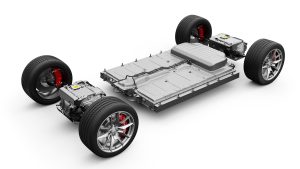
The new Dodge Charger Daytona uses a “multi-energy” platform that can be configured for gas or EV drivetrains.
The first two 2024 Dodge Charger Daytona packages are now starting to roll into U.S. showrooms. Pricing starts at:
- The R/T package starts at $59,995 before adding in $1,995 in delivery fees;
- The Scat Pack starts at $73,190.
There are few standalone options but a number of packages, such as the $4,995 Plus Group which adds high-back bucket seats, that 16-inch display and a surround-view monitor; as well as the Carbon and Suede Package which adds a number of interior and exterior refinements for $2,995.
While the Daytona doesn’t come cheap, Dodge officials stressed that the EV versions are about $10,000 cheaper than what you’d have paid for comparable Widebody models before the old Charger and Challenger were dropped.
Will all this resonate with potential buyers? Probably not. Some folks simply won’t buy anything without a V-8 under the hood – and a Hemi in the case of Dodge. That’s too bad, as the 2025 Charger Daytona has so much going for it. It’s faster, better handling, more refined, and suitable for everyday driving. And it even offers reasonable range, the R/T in particular.
For those traditionalists who want ICE power there are, of course, gas models coming. And we’ll review them as soon as possible.
But I’d be surprised if many muscle car fans don’t cross over, at least as worth of mouth gets around. And there’ll likely be plenty of others who want to go electric and see the new Dodge EV as much more of a visceral thrill than some alternatives, like the quick but otherwise boring Tesla Performance and Plaid packages.

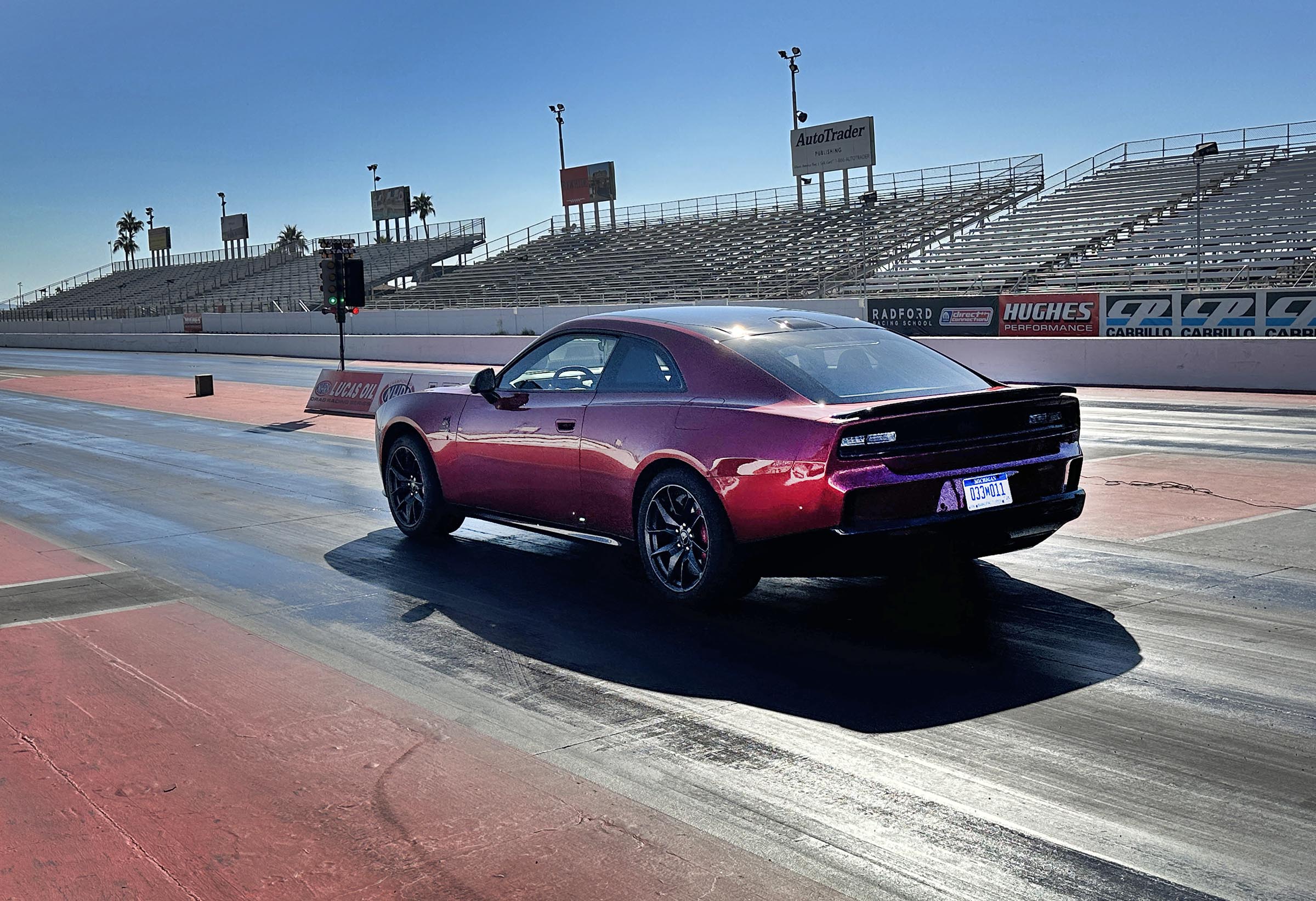
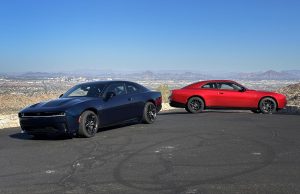
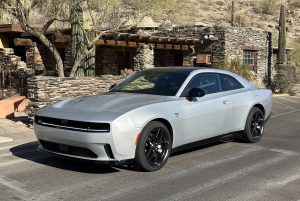
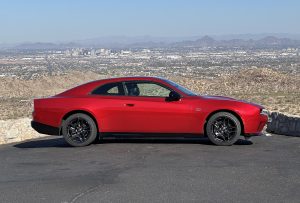
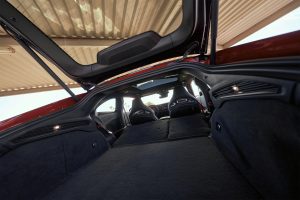
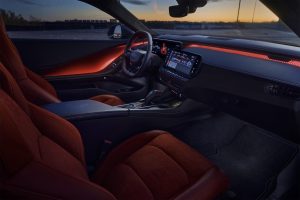
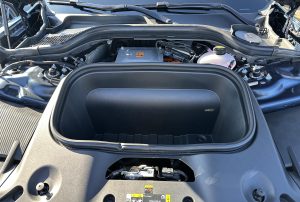
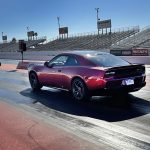
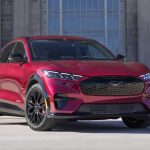
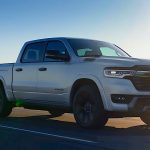
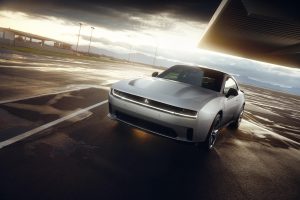
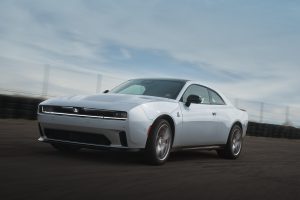
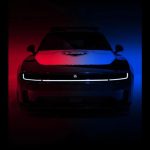
We definitely need The Hemi back it should’ve never been taken away more gas no electric!! So will we see the Hemi???
This is the biggest mistake Dodge has made ending the Hemi. Then they put the Daytona name on a EV Charger. BRING THE HEMI BACK DODGE!!
Bring back the Hemi, this time with a Turbo instead. Unfortunately electric cars are here to stay !!! Super charger’s are just too expensive. Taking the Challenger out of the line up, was a HUGE screw up. JMO.
Take electric and put it where sun don’t shine
PURE USELESS JUNK, BEFORE IT EVEN LEAVES THE ASSEMBLY PLANT…STAY AWAY, VERY FAR AWAY…
And you know it’s junk…how? I love muscle cars. Right now, I’d go with the Daytona in a heartbeat.
Paul E.
It looks like a concept from 2003. Not a great thing. Like the intern from the rando Midwest tech school hasn’t really figured out how to do complex surfaces in the modeling software and doesn’t have that eye for proportion yet.
Sounds more like a negative personal view due to your dislike of its drivetrain…but I could be wrong. The design has actually been well received, even by competing designers.
Paul E.